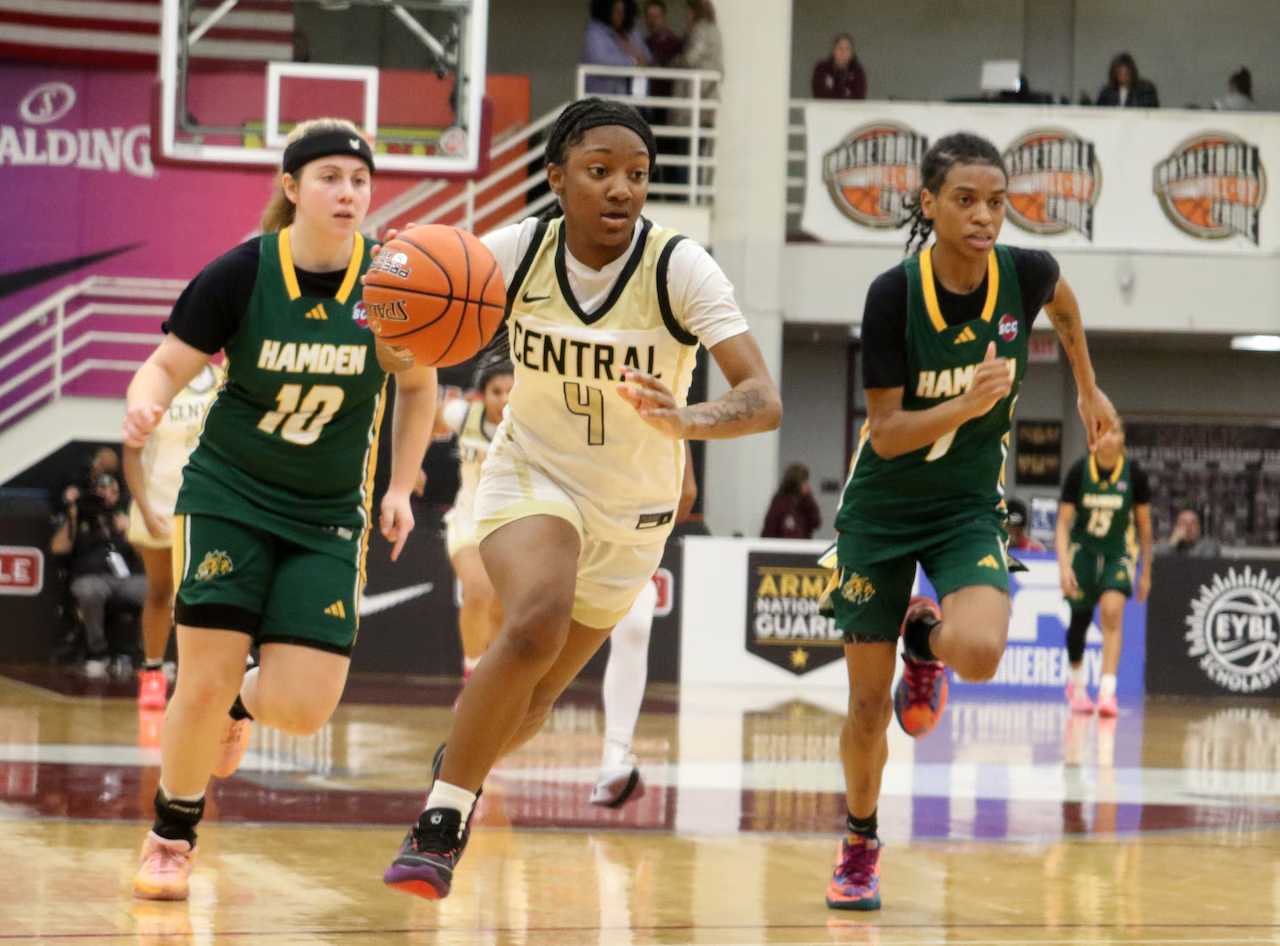At the American Press Institute in the 1980’s, editors who had been seeing scary numbers from Scarborough Research and other quarters came up with “Fix local news or die” as a catch phrase for what American newspapers needed to focus on. But the front pages of U.S. dailies continued to privilege The Associated Press and The New York Times daily budgets: heavy on world and national stories, which left little room for local coverage. Jolted by stalled and falling circulation numbers, news executives pooled their resources to hire Mary Nesbitt and her peers at Northwestern University’s Readership Institute to undertake a truly massive reader survey to quantify the public’s interest in local news and impatience with the inverted paragraph.
RELATED ARTICLE
“Readership Institute’s Newspaper Studies”
– Dean MillerDespite a vigorous cross-country campaign of evangelism about the findings—which pointed to an abiding interest in local news coverage—many newsrooms continued to fight the findings and do so to this day. That’s no small irony, since the most ignored sections of the study delved into questions of newspaper corporate culture and determined that newspapers score right up there with the military on measures of defensiveness and resistance to change. —Dean Miller
Dean Miller: Why is it that local news gets so little respect in major U.S. metropolitan newspapers?
Mary Nesbitt: It is probably getting more respect today in those markets than it has in a long time. The problem has been, of course, that in a major metro market it has been a huge challenge to serve, in any way that had meaning to real people, the hundreds of communities within it. But that was when we were thinking print only. Now online affords a lower cost opportunity to reach communities with micro-news, and this is being taken advantage of by many entities in addition to established media organizations. I also think—I know—that local news, while immensely relevant to consumers/citizens, isn’t particularly sexy for journalists.
Miller: Based on the Impact Study in 2000 and the follow-on studies, how do you define local news?
Nesbitt: Local has to be defined from the consumer’s perspective (I’m going
— Mary Nesbittto use the term “consumer” though it is not perfect) rather than how a news organization would like to define it. It does, of course, have a geographical connotation—where I live, where I work (although those may be two quite different places), where I socialize, where I obtain services (education, health, shopping) where I worship, etc. It’s more than geographical, however. It comprises a personal element—people I know, people like me, important events in my life. And I think there is a “collective” element embedded in there—a concern not just for one’s self but for the health of the community.
Miller: Two big problems your studies have identified are the “too much” factor and the “wrong story selection” factor. Which one is the bigger drag on circulation?
Nesbitt: In a way, they are both expressing the same thing—you’re not relevant to me and my life. In the former instance, you’re overwhelming me with too much stuff that I can’t be bothered wading through; in the latter, I just don’t care about the content you select. I don’t think we can say which has a worse effect on readership.
Miller: Last summer, New York Times Editor Bill Keller’s memo about story lengths in the paper leaked into the trade press. What was your reaction to what he was saying?
Nesbitt: If I could remember exactly what he said, I’d probably say—what took him so long? I think Len Downie at The Washington Post sent a memo to his staff about writing tighter, too. I’m sure both newspapers have lots of proprietary research showing that most readers have less tolerance for lengthy stories than they used to, unless they are hugely compelling. This has been well known for a long time in other markets.
Miller: What has been the most surprising Readership Institute finding about local news? And what is it that readers respond to so warmly about local news?
Nesbitt: I’m going to take those two questions together and address a slightly different one. I’m not sure that anything in our research has been too surprising on the subject of local news. My biggest “aha” moment has been in putting together those parts of the research that speak to the kinds of news topics people are interested in, with the kinds of experiences that cause them to engage with the news. Engagement is important because there are so many messages—news, information, commercial and otherwise—vying for people’s attention in so many places. The products and discrete pieces of content that can best engage people are the ones that win [their attention]. It’s possible to have highly local news that doesn’t engage people at all, although it might hit all the right topics and provide all kinds of utilitarian information.
Miller: Can the presentation and story-style lessons of the local news movement be applied to world and national news, making them more appealing to readers?
Nesbitt: Yes, but I think newspapers have to ask themselves whether it is worth devoting resources to do this. This kind of news is readily available from other sources. That said, it all depends on your company’s readership strategies, the audiences it is trying to reach, and expectations of those audiences in your specific market.
Miller: Which metros do the best job of selection and presentation of local news?
Nesbitt: I wish I could answer this. It would take an in-depth study of consumer responses in those markets, an analysis of the content, and some understanding of each newspaper’s audience strategies and targets. I think too often we judge what is good performance based on journalistic norms that bear little relation to what actually matters to readers or their tastes, interests and preferences. That is a kind of success, judged professionally, but there are surely other kinds—success, as related to the newspaper’s business goals and success, as related to its readership goals.
Miller: Do you believe that it is realistic to believe that a powerful executive could remake a major daily, the Los Angeles Times, for instance, to emphasize local news?
Nesbitt: Yes, but to get to the truly micro-level the innovation may come first online with perhaps some reverse publishing, if economically feasible.
Miller: I’ve heard senior executives at midsize and metro papers say their aging-Boomer newsrooms fight against and even sabotage efforts to implement the findings of the Impact or New Readers studies. Do you think this is true? If so, why?
Nesbitt: I think journalists feel under assault from all directions—their work not as valued as it once was; fewer traditional job opportunities; being pushed to learn new skills; more and more successful attempts by public officials to keep more information hidden; more criticism from more places; more competition. Some journalists run toward these challenges; others react with resistance, fear and anger. Our work could also be considered threatening, because it unapologetically puts the people for whom the news businesses commit journalism at the center, rather than the journalism itself.
Miller: Why have so few newspaper executives read the first Impact study and the ones that followed it?
Nesbitt: I think the Impact study had fairly broad readership, perhaps because the findings were presented as eight imperatives. Our subsequent work, which I think is more penetrating because it gets to consumers’ motivations—which you really have to understand if you want to respond appropriately—is much less prescriptive and therefore tougher to take on board. If you really take the experience [of consumers] research to heart, it should challenge your news definitions to the core.
Miller: Impact data are clear about readers’ interest in what they consider local news. But readers scored some wire stories as local if they were about a person and not a policy or a bureaucracy. What do you make of that?
Nesbitt: Readers don’t pay a lot of attention to origin of story. They are more interested in topic, the relevance to their lives and whether it touches certain “hot buttons” (what we call “experiences”). If a story is told through the perspective of a person to whom a reader relates, the story can feel local. In the Impact study, the category that had the greatest potential to grow readership was an amalgam of three topics: community announcements, obituaries and stories about ordinary people. The word “local” is never mentioned, but it is clear that in consumers’ minds this is “close to home.”
Miller: What do you think would happen to local coverage in this country if the American Journalism Review, Columbia Journalism Review, and Editor & Publisher devoted as much ink to local news reporters as they do to foreign correspondents and the aging lions of the legacy newsrooms?
Nesbitt: Well, the publications that you cite take what is to me a narrow definition of the term “journalism.” Big-J journalism is, of course, important, but journalism is a large tent that houses many species. Now, in this digital age, it’s being practiced by an increasing number of people not trained in the “classical” way. Journalism is being disrupted, just like journalism businesses are being disrupted. Perhaps publications that cover journalism need to change as well.
Miller: Do you feel the corporate culture findings of the Impact study are the most important and least used?
Nesbitt: I think that as newspapers have been forced to make changes in the last few years, largely because of the weakening business model, they’ve come face to face with the cultural realities that the Impact study quantified seven years ago. Culture is a complex thing that can’t be changed quickly. It has a lot to do with enlightened management practices and leadership, breaking old habits and expectations and instilling new ones. You have to work hard and consistently at changing culture; news organizations aren’t renowned for their long-term focus.
Miller: “This newspaper looks out for my personal and civic interests” was identified as the experience most likely to bring readers back to a newspaper. Why haven’t news executives embraced that finding and thrown more resources into accountability journalism?
Nesbitt: I’m not sure that it’s a case of throwing more resources at it. It could just as easily be a case of refocusing some existing resources on the idea of finding and spending time telling stories that meet this consumer need. Or using this experience as a screen for deciding what stories to report and how to approach them. Or requiring every beat reporter—regardless of the beat—to make it a prominent part of what she or he does.
Miller: When I review the Readership Institute’s clips, it’s almost comical how hard newsrooms fight the findings. “Aha! You can’t guarantee circulation will rise, so we reject your ideas.” What keeps you going in the face of that kind of hostility to change?
Nesbitt: Well, as researchers we can only tell what we know and suggest how to apply the findings. We’re not reformers. We try to spend as much time as possible with people who are receptive to our message or who will offer constructive criticism and help us sharpen our thinking. I think it’s tougher for researchers and marketers within newspapers, who have been saying the same kind of things for years but haven’t been listened to by their peers and bosses.
NEW READERS STUDY
After looking at how different demographic groups “experienced” their local daily newspapers, the Readership Institute offered several recommendations. What follows is their first.
“Focus on the experiences you want to create in readers and let decisions cascade from this focus. …This demands a significant change in mindset across the newspaper, in both long-term and day-to-day decisions. It’s easier to move straight to specific, familiar actions—such as doing more in-paper content promotion, or providing more intensely local, people-oriented news—than it is to re-examine and probably overhaul your decision-making criteria. But the returns are greater.”



